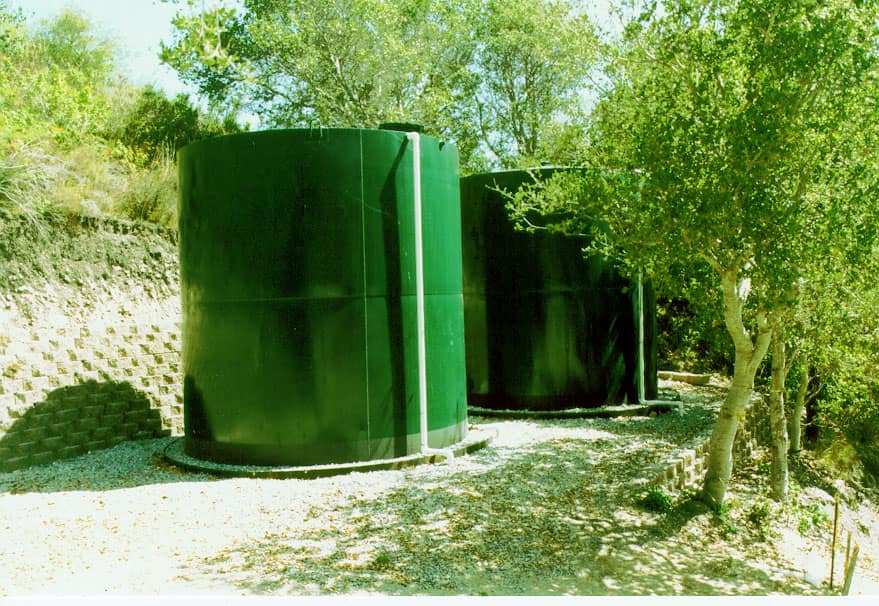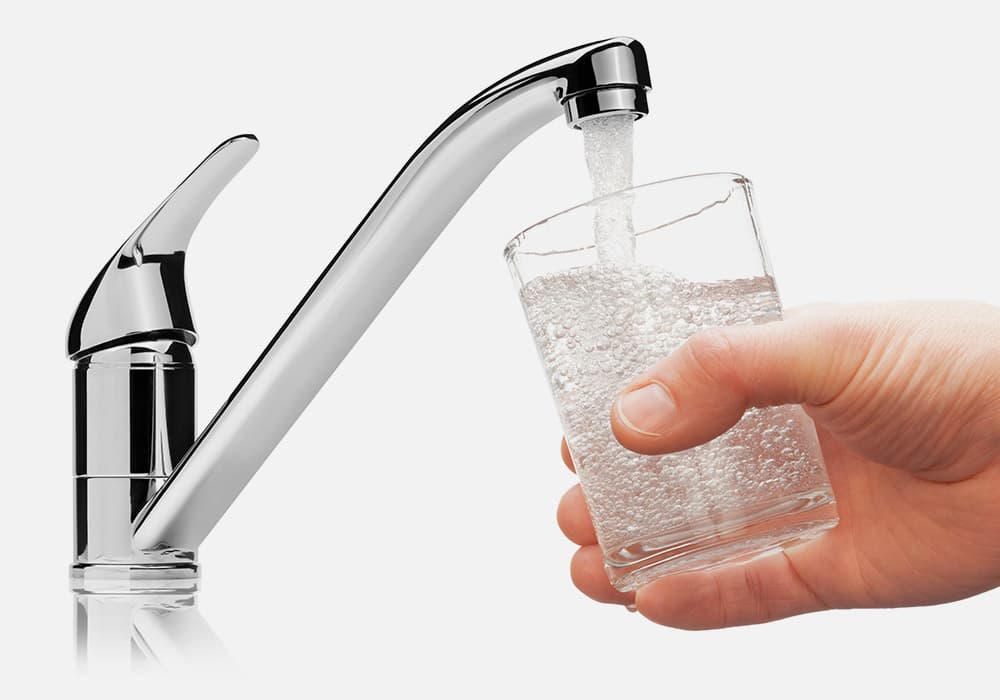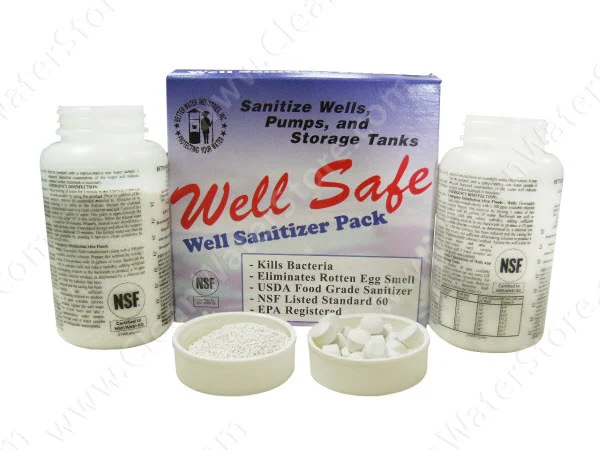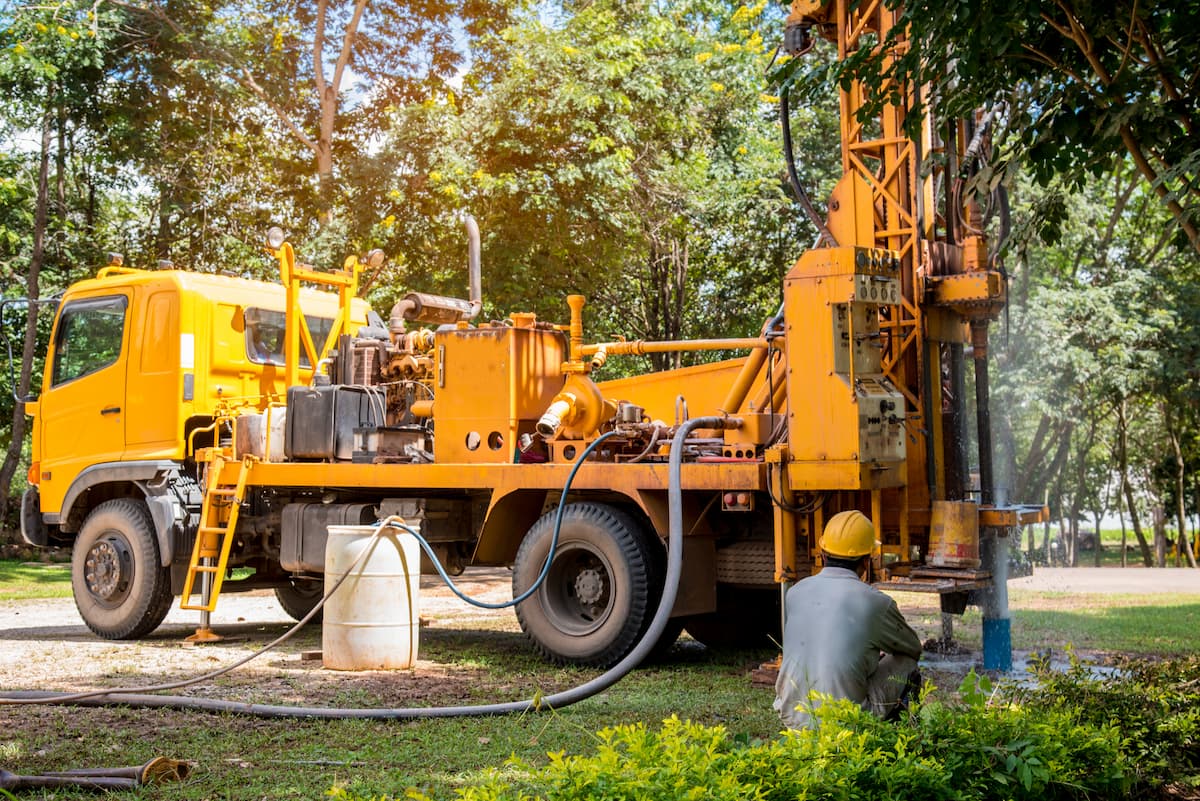How Can I Tell What Size Pipe I Have?!
How to Measure Pipe Size for a Water Filtration System
Why Pipe Size Matters
One of the most important steps before installing a water filtration system is determining your pipe size. Whether you're adding a whole-house iron filter, a carbon filter, or any other water treatment system, getting the pipe size right ensures proper water flow, reduces pressure loss, and avoids costly installation issues. Water filtration systems are typically available with fittings for ¾-inch, 1-inch, or 1¼-inch pipe connections, so accurate measurement is essential.
Incorrect pipe sizing can lead to reduced water pressure, leaks, or even system failure. That's why both homeowners and mechanical engineers alike emphasize sizing pipes properly to match the specifications of your chosen system.
Pipe Sizing Basics: Nominal vs. Actual Diameter
One of the first things to understand is the difference between nominal pipe size and actual pipe diameter. Pipe size in the U.S. is generally referred to by its nominal diameter. This doesn’t reflect the actual physical measurements of the pipe but instead refers to a standardized sizing chart.
For instance:
- A ¾-inch copper pipe has an outer diameter (OD) of 0.875 inches and an inner diameter (ID) of about 0.811 inches (Type M).
- A ¾-inch steel pipe, often Schedule 40, has an OD of 1.050 inches and ID of around 0.824 inches.
- Conversely, tubing is typically sized by its actual outer diameter, while hoses are usually sized by inside diameter.
Knowing whether you’re dealing with tubing, pipe, or hose helps you avoid buying the wrong filter fittings, connectors, or adapters.
Common Pipe Materials and Markings
Pipes are made from a wide range of materials, each with unique sizing characteristics. Common materials include:
- Copper
- PVC
- PEX
- Steel pipe
- Polyethylene (PE)
Each material may follow different sizing standards. Fortunately, most pipes have manufacturer markings, including the size, pipe materials, and schedule. These may be stamped, embossed, or printed on the pipe surface. Look for these labels near fittings, water heaters, or exposed piping around your home.
Pipe Schedule and Wall Thickness
Pipe schedule refers to the wall thickness. For example, Schedule 40 and Schedule 80 are common for PVC and steel pipes. The pipe wall thickness affects the inner diameter, which in turn impacts the flow rate and pressure loss across your system. Always take the schedule into account when sizing your water filtration setup.
Step-by-Step: How to Measure Pipe Size
Step 1: Check for Labels
Many pipes, especially PVC and PEX, have size and material information printed on them. Look for these markings near fittings or any exposed sections. This is the quickest way to identify pipe size.
Step 2: Use the String Method
If the size isn't marked, try the String Method:
- Remove insulation around the pipe if needed.
- Wrap a piece of string or soft measuring tape around the pipe.
- Measure the circumference to the nearest ⅛ inch.
- Match your measurement to the chart below.
Pipe Circumference to Size Chart
Copper Pipe or PEX Tubing
| Circumference | Nominal Pipe Size |
|---|---|
| 2.75″ (70mm) | ¾” |
| 3.53″ (90mm) | 1″ |
| 4.32″ (110mm) | 1¼” |
| 5.10″ (130mm) | 1½” |
Steel Pipe or PVC
| Circumference | Nominal Pipe Size |
|---|---|
| 3.25″ (83mm) | ¾” |
| 4.00″ (102mm) | 1″ |
| 5.00″ (127mm) | 1¼” |
| 6.00″ (152mm) | 1½” |
Polyethylene (Black Flexible Pipe)
| Circumference | Nominal Pipe Size |
|---|---|
| 2.96″–3.33″ | ¾” |
| 3.74″–4.24″ | 1″ |
| 4.90″–5.57″ | 1¼” |
| 5.70″–6.28″ | 1½” |
Understanding Pipe Threads
Another factor that affects compatibility is thread type. Water filtration systems often connect to threaded pipe ends. Here are the common thread types:
- NPT (National Pipe Thread) – Most common tapered thread in North America
- NPTF (Dryseal) – Similar to NPT, it is designed to seal without additional sealant
- NPSM – Straight threads for mechanical connections only
Understanding whether your pipe is threaded or glued is essential before installation.
What Is Inside Diameter and Why It Matters
The inside diameter (ID) determines how much water can flow through a pipe. If your nominal diameter is 1 inch, the ID can vary based on the pipe material and schedule. For instance:
- A Schedule 40 PVC pipe with a 1″ nominal diameter has an ID of 1.029″.
- A 1″ nominal diameter steel pipe has a smaller ID due to thicker walls.
Knowing the ID helps you calculate water flow rates and size your filtration system correctly to maintain proper pressure.
Tips for Measuring Old or Buried Pipes
If you’re working with an older home or in hard-to-access areas:
- Check visible sections near the water softener, filtration system, or meter.
- Use a pipe caliper or ruler if a flexible tape is not available.
- Estimate pipe length to determine how many connectors or elbows you may need for your system installation.
Final Thoughts
Choosing the correct pipe size for your water filtration system is essential for performance and safety. Whether you’re working with steel pipe, PVC, or PEX, understanding pipe dimensions, threaded connections, and pressure needs will ensure you select the right filter for your home. Still have questions? Reach out to your water treatment provider or leave a comment—we’re here to help!
Frequently Asked Questions (FAQs)
1. Why does pipe size matter when ordering a water filtration system?
Choosing the right pipe size ensures proper water flow and pressure. A mismatch can cause leaks, reduced efficiency, or difficulty with installation.
2. How do I measure pipe size if it’s not labeled?
Use the String Method: Wrap a string around the pipe to find its circumference, then compare it to a sizing chart to determine its diameter.
3. What’s the difference between inside diameter (ID) and outside diameter (OD)?
The ID measures the hollow part inside the pipe, while the OD includes the pipe walls. Pipe sizes are typically based on nominal size—not exact measurements—so knowing both can be helpful.
4. What if I have flexible black poly pipe?
Flexible polyethylene (poly) pipe also varies in OD. You can use the string method or measure directly, then refer to the appropriate chart for poly pipe sizing.
5. Can I use calipers or a tape measure instead of string?
Yes! Calipers are precise for measuring the outside diameter, and a cloth tape measure works well for circumference, especially when pipes are in tight spaces.
7. What size pipes are most common in homes?
Most homes use 3/4” or 1” pipes for main water lines. It’s always best to measure your existing pipe to be sure.
8. Are pipe threads standardized in the U.S.?
Mostly, yes. The most common are NPT (tapered threads) and NPSM (straight threads), but others like GHT (garden hose) and BSPT (British standard) exist and are not always compatible.
9. How do I identify plastic or PVC pipe size?
Look for printed markings on the pipe, which often include size, type, and rating. If missing, use the string method or measure the outer diameter and check against a PVC size chart.
10. What if I order the wrong size?
You may be able to use adapters or fittings to make it work, but it’s best to get the right size from the start to avoid installation issues and ensure optimal performance.















